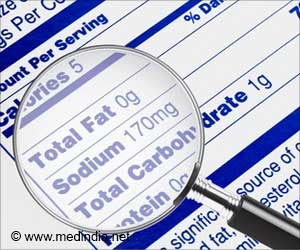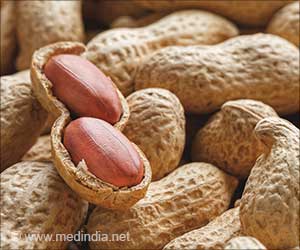Till date, avoidance is the only way to prevent food allergy, with no cure on the anvil for such allergic reactions.
Till date, avoidance is the only way to prevent food allergy, with no cure on the anvil for such allergic reactions. Although an individual could be allergic to any food, such as fruits, vegetables, and meats, the following eight foods i.e. cow’s milk, egg, peanut, tree nut (walnut, cashew, etc.), fish, shellfish, legumes (peanut and soy), cereals (wheat, barley and rye) are responsible for the majority of food-allergic reactions.
A recent article in the September issue of Biotechnology Advances highlights the need of an awareness of allergy issues for food allergic consumers, as well as those involved in the manufacture and utilization of industrial proteins, particularly in foods but also in other products such as cosmetics. As food-allergic consumers rely on food labels to implement the food avoidance they need all the ingredients in a food to be labeled in a clear and understandable manner. The review lists the allergenic foods (or derived ingredients), which will have to be labeled as allergens in accordance with the European Union directive.Mills and Breiteneder, writing in the review, state that there are also associated concerns about the hazards of the so-called cross-contact allergens, which may arise from use of common or adjacent processing lines to prepare foods that do and do not contain any allergenic ingredients.
The review concludes with the hope that it will create awareness of the problems that allergic consumers are facing, and will prompt good manufacturing practices and proper labeling of allergenic ingredients, eventually making the management of the apparently rising tide of food allergies feasible.







